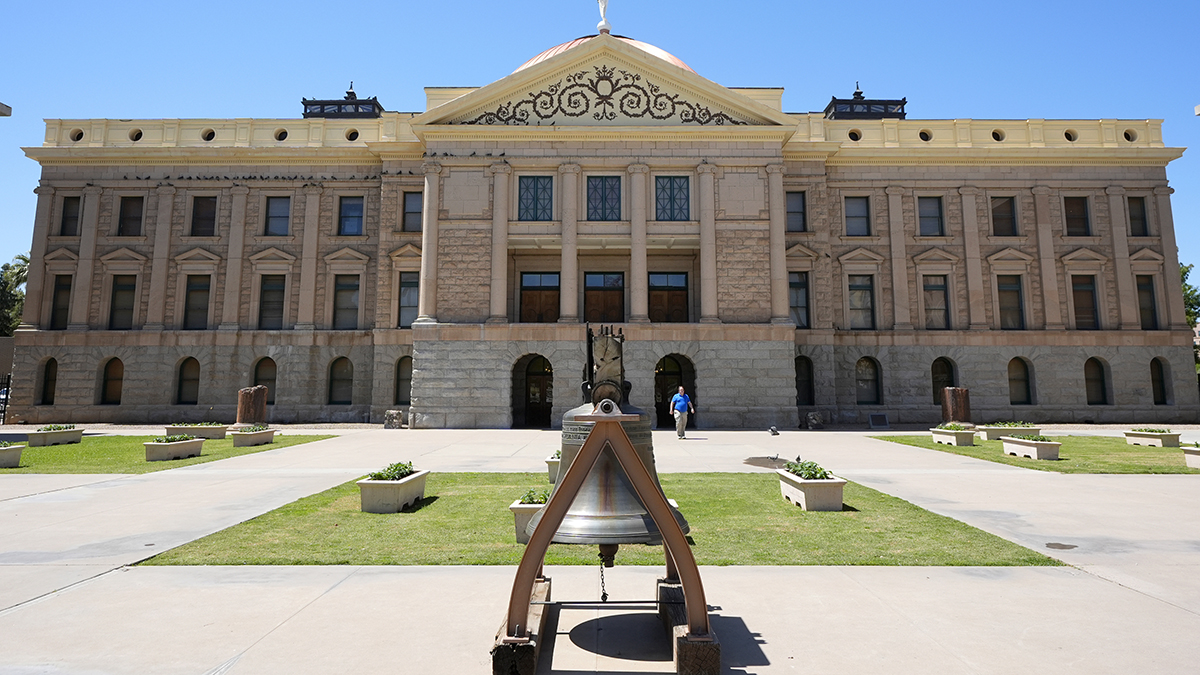One hour outside of Washington DC, in the picturesque small city of Martinsburg, West Virginia, some homes for sale are attracting bidding wars—again.
“Prices are so low, we’re starting to see that," says Mark Savitt, a realtor there for a quarter of a century. “In our area, you’re at the bottom.”
Savitt, who’s also president of the of National Association Of Mortgage Brokers, might be accused of being overly optimistic. But he is hardly alone in sensing a long-awaited bottom in the real estate market.
- Slideshow: Highest-End Real Estate
- Slideshow: Most Affordable Metro Areas
For most at this point, it’s less a matter of bold confidence that cautious optimism, but data are emerging to make a reasonable case.
Three categories of home sales—new, existing and pending – all posted surprise gains in February, along with housing starts are posted surprise gains in February.
“There are encouraging signs that we're near a bottom,” says Nomura International’s Chief Economist David Resler, who is among those who have been calling for a bottom in the late first half of 2009. “The signs of improvement we've been seeing have to be recurrent. One to two months isn’t enough to establish it; it needs to be a stretch.”
U.S. & World
Stories that affect your life across the U.S. and around the world.
Though the housing market still faces significant headwinds with foreclosures and unemployment on the rise, a number of positive forces may finally have enough traction to stop the market’s brutal two-year descent.
Headwinds & Tailwinds
Housing affordability has soared in recent months, while mortgage rates have sunk to at a record low. The median price of home is down 15 percent from its 2006 peak. And first-time buyers are now eligible for a one-time $8,000 tax credit. The number of properties available is down 18-percent overall from the July 2008 peak, while inventory has been under a 10-month supply for three months now.
“We're seeing a tremendous uptick in activity.” says Savitt, who estimates business is up 50-60 percent from a year ago.
The eastern panhandle of West Virginia, of course, is but one market, but there’s even anecdotal evidence that conditions are better in the diverse markets around the country.
“The hardest hit areas—California, Florida—hinting at a bottom,” says economist David Jones, another housing optimist.
“There’s a lot of good sentiment in the air,” says David Olson, a former head of research at Freddie Mac who founded Access Mortgage Research, which provides data to lenders. “I talk to them everyday.”
Sentiment, indeed, confidence, most say, is the key ingredient to build momentum for an imminent bottom in sales followed by a bottom in prices, about six months later.
“We are close to the bottom,” says Lawrence Yun, chief economist for the National Association of Realtors. ”Once home sales begin to rise that could boost home buying confidence and get others off the sidelines.”
The past week has also brought a glint of optimism in economic forecast from key trade groups.
The Mortgage Bankers Association’s forecast calls for a steady increase in home sales beginning in the second quarter with the annual rate surpassing the 2008 high in the fourth quarter. Annual sales will go from 4.34 million units in the first quarter to 5.11 million by the end of the year, a 17-percent increase from 2008. Sales are forecast to increase another 10 percent in 2010 to 5.53 million.
“We still have a large number of people employed,” explains the group’s chief economist and SVP Jay Brinkman. “We also expect investors to come back into the market,” given the significant decline in prices.
The National Association Of Realtors forecast issued Wednesday shows a similar, though slightly more positive uptrend, with sales hitting a 5.50 million annual rate in the first quarter of 2010.
As promising as that may sound, it’s still a far cry from the 6.48 million annual rate of the market peak in 2006. That and other measures should help manage expectations in the next six to nine months
“Hitting a bottom is not the sane to getting back to a healthy housing market and we're a long way from that,” says Resler.
Prices Still Under Pressure
Most forecasts show median home price will continue to fall in the second quarter then turn slightly positive in the third quarter.
“We haven’t gotten to the bottom of prices,” says Olson. The earliest is September,”
NAR's forecast calls for a string of 4-percent increases in the final quarter of 2009 and the first two of 2010, which will put them roughly at 2008’s level. The Mortgage Banker’s forecast is a little less positive.
Both groups—along with the National Association of Home Builders—expect housing starts to be relatively depressed and fall until a surge of activity at the end of 2009 and in the first and second quarters of 2010.
“We expect [first] quarter …to be the worst and there will be some improvement in the second quarter,” says the builder trade group chief economist David Crowe,” who adds lower interest are having only a marginal impact. “Time is about the only thing we have on our side.”
Builders have been particularly disappointed in the government’s stimulus efforts and feel the lack of aid has something to do with a sense—unfair or not--that the group is partly to blame for the crisis.
Otherwise, economists and industry players alike say some of the credit for the market’s condition should go to the government’s extraordinary intervention in the market.
“They’ve done a lot and it is starting to have an effect,” says Scott Talbott, senior VP for government affairs for The Business Roundtable, which counts the major lenders as its members. “Refinancing is up and home sales are starting to turn around. From here, let what they’ve done play out.”For more stories from CNBC, go to cnbc.com.



